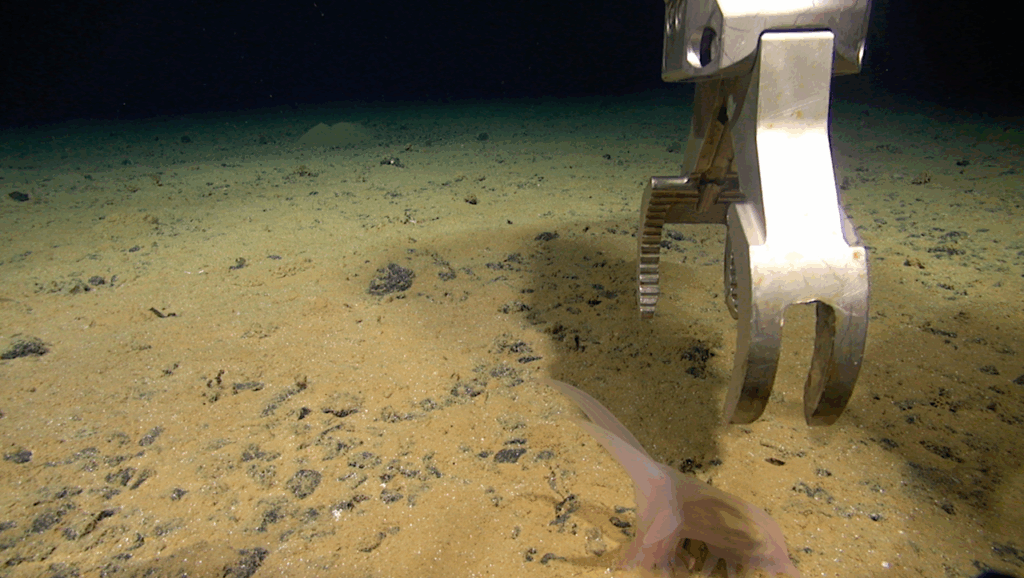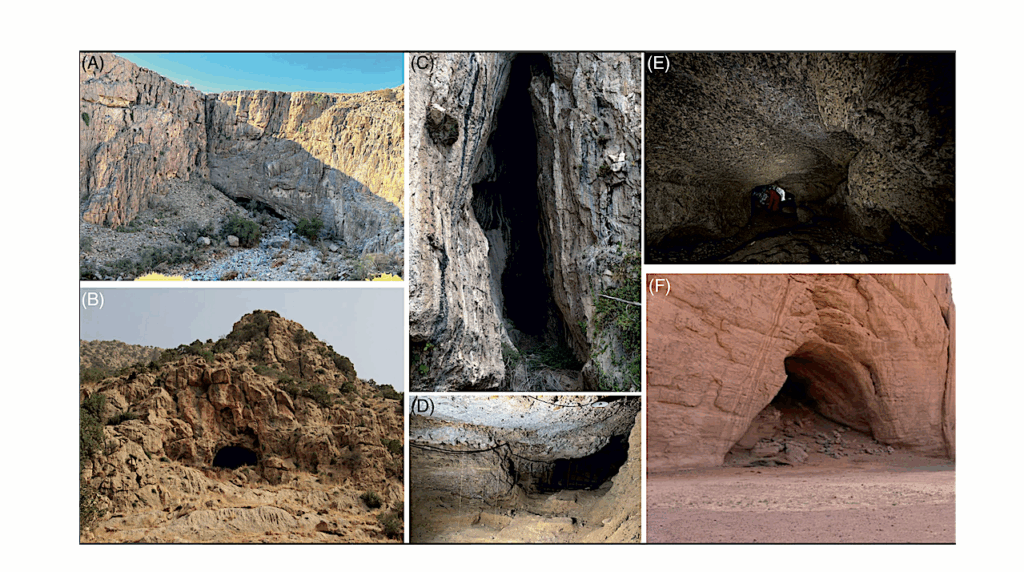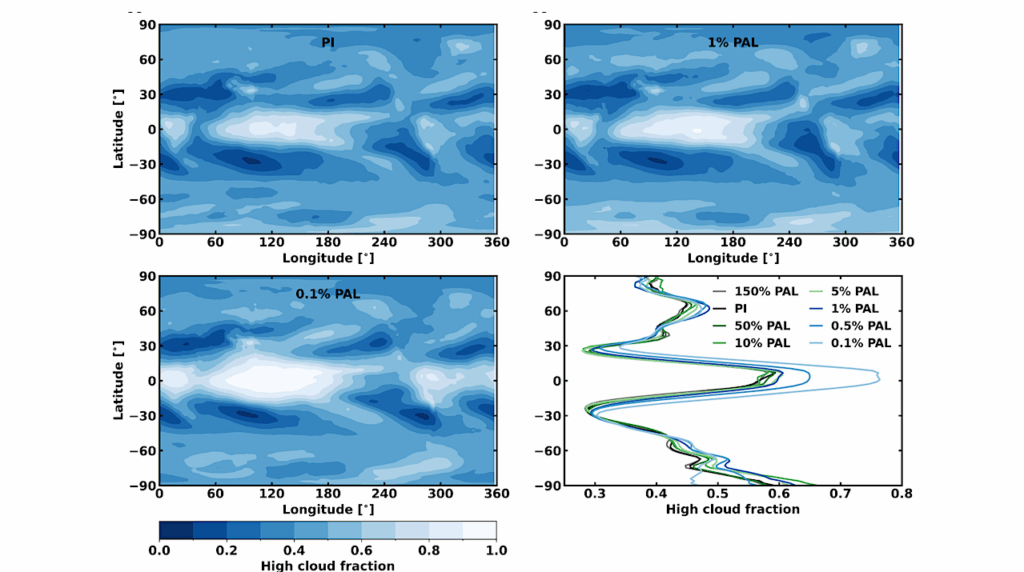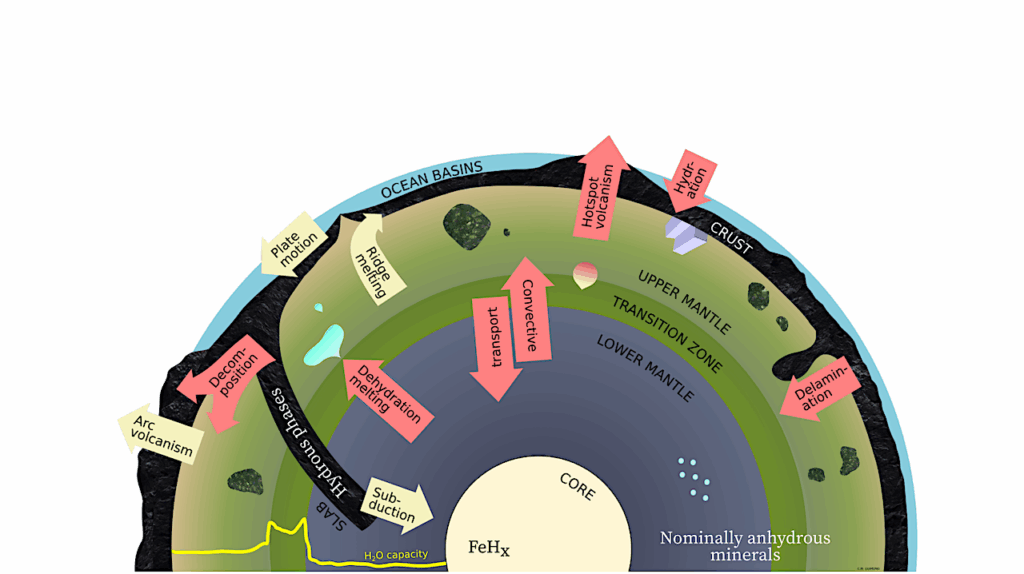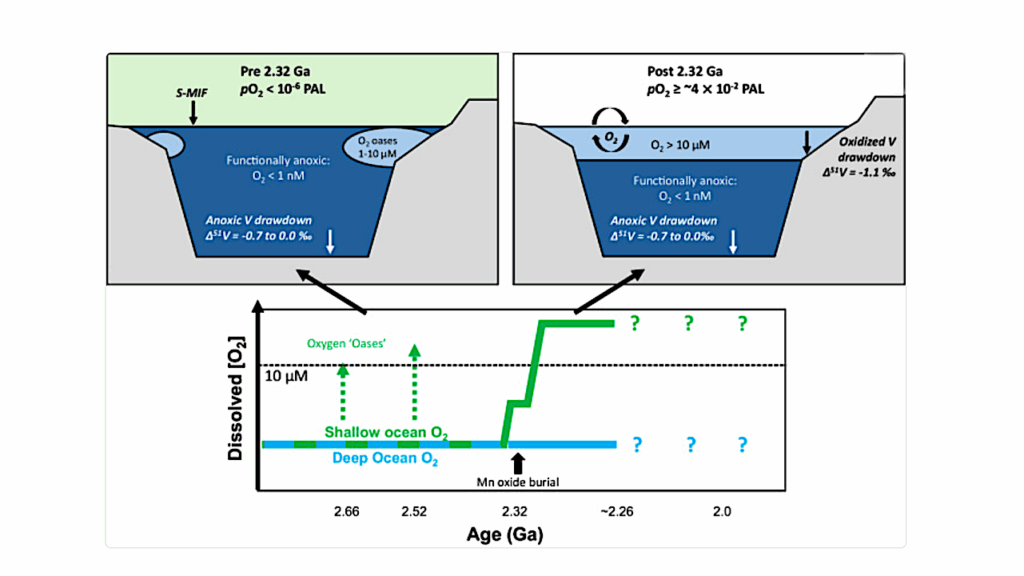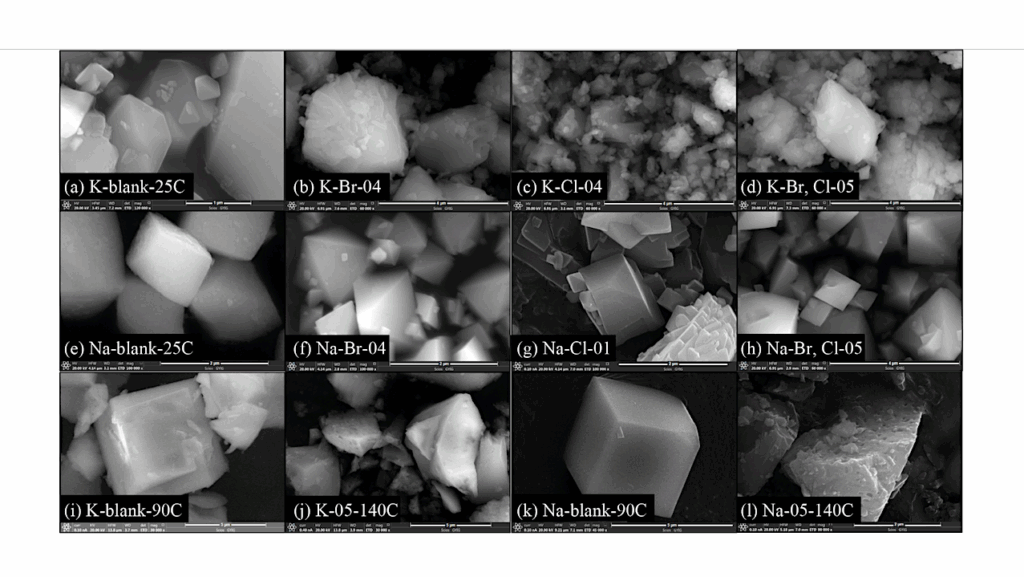The Habitability of Proxima Centauri b: Environmental States and Observational Discriminants

Proxima Centauri b provides an unprecedented opportunity to understand the evolution and nature of terrestrial planets orbiting M dwarfs.
Although Proxima Cen b orbits within its star’s habitable zone, multiple plausible evolutionary paths could have generated different environments that may or may not be habitable.
Here we use 1D coupled climate-photochemical models to generate self-consistent atmospheres for evolutionary scenarios predicted in our companion paper (Barnes et al., 2016). These include high-O2, high-CO2, and more Earth-like atmospheres, with either oxidizing or reducing compositions. We show that these modeled environments can be habitable or uninhabitable at Proxima Cen b’s position in the habitable zone. We use radiative transfer models to generate synthetic spectra and thermal phase curves for these simulated environments, and instrument models to explore our ability to discriminate between possible planetary states. These results are applicable not only to Proxima Cen b, but to other terrestrial planets orbiting M dwarfs.
Thermal phase curves may provide the first constraint on the existence of an atmosphere, and JWST observations longward of 7 microns could characterize atmospheric heat transport and molecular composition. Detection of ocean glint is unlikely with JWST, but may be within the reach of larger aperture telescopes.
Direct imaging spectra may detect O4, which is diagnostic of massive water loss and O2 retention, rather than a photosynthesis. Similarly, strong CO2 and CO bands at wavelengths shortward of 2.5 {\mu}m would indicate a CO2-dominated atmosphere. If the planet is habitable and volatile-rich, direct imaging will be the best means of detecting habitability. Earth-like planets with microbial biospheres may be identified by the presence of CH4 and either photosynthetically produced O2 or a hydrocarbon haze layer.
Victoria S. Meadows, Giada N. Arney, Edward W. Schwieterman, Jacob Lustig-Yaeger, Andrew P. Lincowski, Tyler Robinson, Shawn D. Domagal-Goldman, Rory K. Barnes, David P. Fleming, Russell Deitrick, Rodrigo Luger, Peter E. Driscoll, Thomas R. Quinn, David Crisp
(Submitted on 30 Aug 2016)
Comments: 93 pages, 36 figures, 3 tables. Submitted to Astrobiology
Subjects: Earth and Planetary Astrophysics (astro-ph.EP)
Cite as: arXiv:1608.08620 [astro-ph.EP] (or arXiv:1608.08620v1 [astro-ph.EP] for this version)
Submission history
From: Rodrigo Luger
[v1] Tue, 30 Aug 2016 19:56:48 GMT (9724kb)
http://arxiv.org/abs/1608.08620


